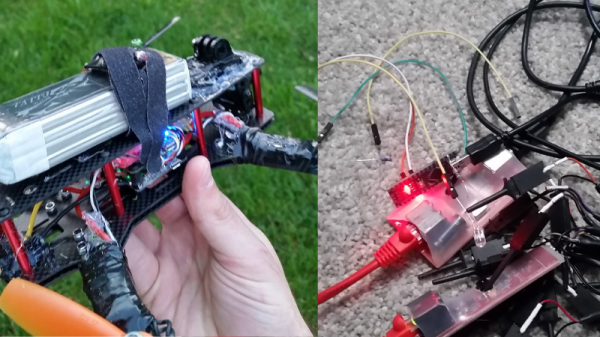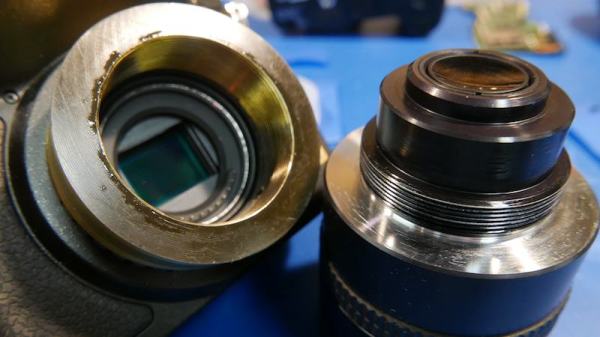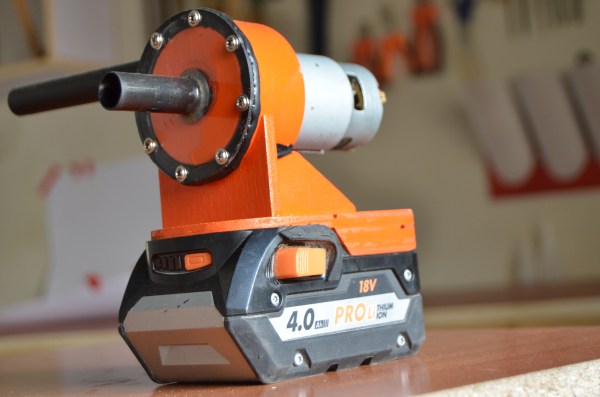It was a good weekend to be geeky in Bavaria. In addition to our own Hackaday Prize Bring-a-Hack party, there was the reason that we scheduled it in the first place, Munich’s independent DIY expo, Make Munich.
If you’re a loyal Hackaday reader, many of the projects would seem uncannily familiar. I walked in and was greeted by some beautiful word clocks in both German and English, for instance. Still, seeing the Open Theremin being sold with an “as seen on Hackaday” sticker made us smile. And then we had a great conversation about [Urs Gaudenz]’s other project: DIY biological apparatus, also seen on Hackaday.
There were robots galore. Someone (from Gmünd?) was driving around a graffiti-bot and spraying the floor with water instead of paint or chalk to very nice effect. The full evolution of the Zoobotics robot family was on display. Even the Calliope (a German version of the micro:bit) booth had this cute Bluetooth vibrobot. Join me after the break as I dive into all of the great stuff on display over the weekend.

















